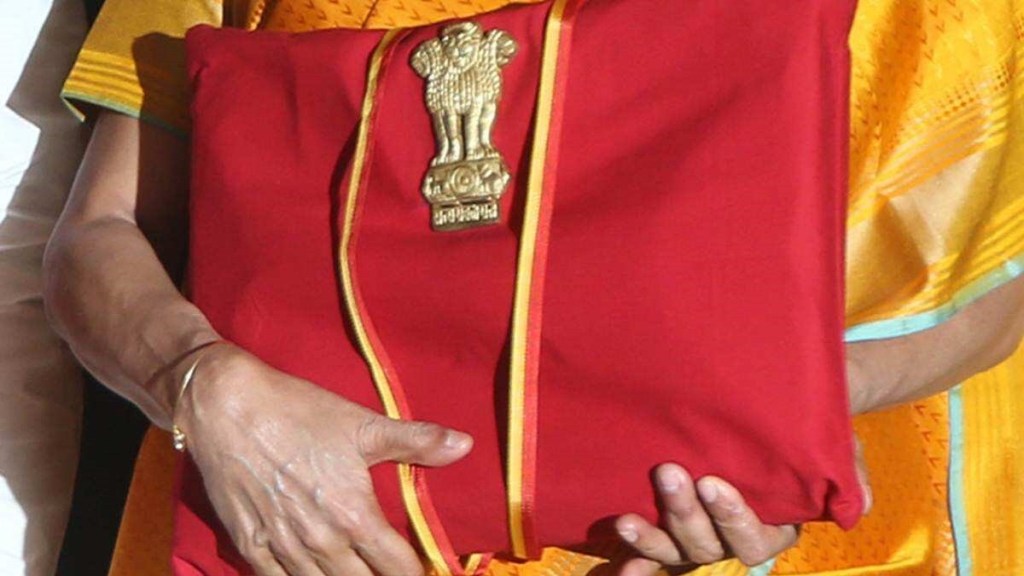By Sudhanshu Mani & Ramakrishnan TS,
The Union Budget is a pivotal event that presents indices like expenditure, receipts, and deficits while outlining the government’s vision, achievements, and course corrections. However, gone are the days when Indian Railways (IR), with its own dedicated budget, too held centre stage during the Budget season. Since its merger with the central Budget, IR’s presence has dwindled to mere mentions — so much so that in the last Budget, presented in July 2024, the finance minister did not spare it even a single sentence.
The rail budget figures, too, hold little intrigue. The available data suggests that IR’s financial health remains stagnant. Freight traffic, the primary revenue engine of IR, is crawling at a meagre 2%-plus growth this year — despite India’s economy expanding at around 6% and the transportation sector growing even faster. Meanwhile, passenger revenue may be rising at 7% compound annual growth rate, yet overall patronage remains stubbornly below pre-Covid levels.
The lone source of excitement for rail watchers, industry, and markets continues to be the capital expenditure (capex) grant from the government, which has been steadily increasing since 2014. With IR generating little to no surplus for investments, the government argues that its finances should not be viewed in isolation. Instead, its aggressive investment strategy — funded through general budgetary support — is positioned as a crucial driver of national economic growth, leveraging rail transport’s inherent advantages of eco-friendliness and cost-effectiveness. Expectations are that this may rise close to `3 lakh crore this year, topping the Rs 2.65 lakh crore of the last Budget.
IR made over Rs 13 lakh crore in investments for various projects between 2014-15 and 2024-25, which has been an unprecedented amount from any Indian government. Consequently, the length of the electrified track increased from 44% in 2013-14 to approximately 95% in 2024-25; the length of the running track increased from 89,919 km in 2013-14 to approximately 1.2 lakh km by 2024-25; the number of passenger carriages increased from 50,194 in 2013-14 to approximately 70,000 in 2024-25; and the number of wagons increased from around 2.5 lakh in 2013-14 to approximately 3.1 lakh in 2024-25. Additionally, there were more locomotives — roughly 15,000 in 2024-2025 compared to 10,456 in 2013-14. The output in terms of freight and passenger traffic has not at all been commensurate with the input; the passenger traffic rose merely to 1,240 billion passenger km (PKM) in 2024-2025 from 979 billion PKM in 2013-14 and freight traffic to roughly 930 billion tonne km (TKM) in 2024-25 from 667 billion TKM in 2013-14.
Considering this, even as there are hardly going to be any surprises, the expectations from IR’s budget should be focused on its priorities — safe, quick, and comfortable travel in the passenger segment, and imaginative strategies to regain the share of freight business which dwindled to around 25%, going down each year in the recent past.
Consolidation of railway assets to generate higher passenger and freight traffic without sacrificing safety is an obvious sine qua non. An important necessity is ample allotment of funds and faster execution of track and sectional-capacity works, including upgrade for higher speeds in the range of 130-160 kmph for passenger trains to improve travel time and average speeds, languishing in the range of 45 kmph today. Also important is the comfort of travel, which essentially germinates from adding more reserved coaches to every train whereas IR has announced a plan to manufacture and add 10,000 second-class general coaches. However, comfortable travel cannot be assured by adding more second-class coaches; a better solution is to manufacture more sleeper coaches.
The stagnation in freight traffic is particularly alarming, as the commissioning of dedicated freight corridors, the development of Gati Shakti multi-modal terminals, and the addition of new sidings have yet to translate into tangible gains. Reversing this trend calls for bold, imaginative policies aimed at facilitating seamless multi-modal connectivity for first- and last-mile pick-up and deliveries. This includes the rapid elimination of manned level crossings, granting greater pricing autonomy to zonal and divisional railways, deploying specialised wagons tailored to different cargo needs, and fostering increased private sector participation to inject efficiency and innovation into freight operations.
The good news is that safety is not on a weak wicket. From 2004-05 to 2013-14, IR recorded 1,711 accidents, 904 deaths, and 3,155 injuries. In contrast, from 2014-15 to 2023-24, these numbers saw a significant reduction, with 678 accidents, 748 deaths, and 2,087 injuries. Given that rail transport operates on a guided system, and with the advent of new technologies, the goal of zero accidents is not just aspirational but achievable. Expanding the Kavach signalling system, inducting more LHB coaches, ensuring efficient expenditure on the upkeep of railway infrastructure, and harnessing artificial intelligence to scrutinise station and train digital data extensively to generate near-miss alerts should drive progress in this direction.
While the Budget itself may not herald any groundbreaking announcements, the silver lining is that within weeks of its presentation, we will be inundated with positive news on the completion of long-awaited, much-delayed projects — such as a train to Srinagar, the introduction of Vande Bharat sleeper trains, and the operationalisation of the Pamban Bridge near Rameshwaram.
Author Sudhanshu Mani is former GM of Integral Coach Factory and leader of Vande Bharat project. Author Ramakrishnan TS is railway expert and consultant.
Disclaimer: Views expressed are personal and do not reflect the official position or policy of FinancialExpress.com. Reproducing this content without permission is prohibited.

